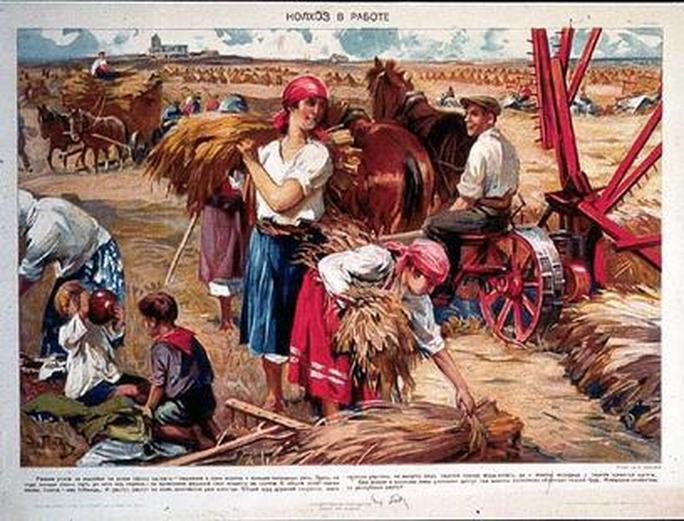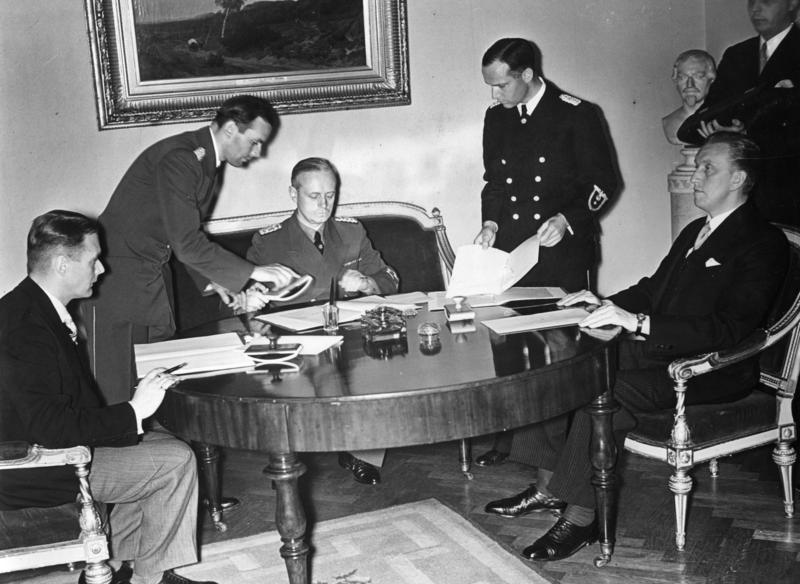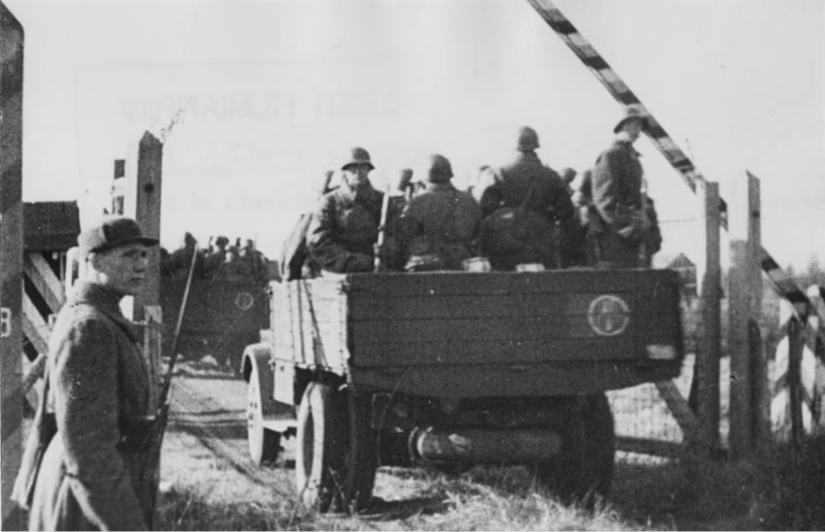a. Led by Joseph Stalin
- Totalitarian ruler responsible for deaths of millions during collectivization of farms and secret police oppression
b. Expansion
- Took control of eastern Poland after Nazi invasion
- Military bases imposed on Baltic republics—Estonia, Latvia, and Lithuania
- War with Finland until March, 1940
a. Led by Joseph Stalin
i. Totalitarian ruler responsible for deaths of millions during collectivization of farms and secret police oppression.
Collectivization, the policy adopted by the Soviet government, pursued most intensively between 1929 and 1933, to transform traditional agriculture in the Soviet Union and to reduce the economic power of the skulks (prosperous peasants).

picture of Collectivisation Farm
This policy has lots of problem such as many peasants resisted collectivization. As a result, food production went down, leading to another famine in 1932. Stalin sent the soldier to force collectivisation on the people, the land was taken from the kulaks (people with the biggest farms) and millions were sent to labour camps. by 1930, the Kolkhozy had been changed. No longer huge state-run farms, but smaller collectives run by the local cp.resulting in a rise in grain collection from 10.8 million tons in 1928-9 to 22.8 million tons in 1931-2. These obviously improved standards of living in the towns. Stalin also continued to sell grain abroad. Even in the worst years of the famine like in 1932, the country exported 1.73 million tons and only slightly less in the next year.
- By 1934 there were no Kulaks left.
- By 1937 most peasants were using tractors, provided by Machine Tractor Stations supplied by the state
- By 1941 almost all agricultural land was organized into collectives. The system of differentiation was introduced whereby people with special skills were given rewards and benefits in form of housing.
- Stalin also encouraged education for peasants on the Kolkhoz
- Literacy schemes were introduced and publicized through propaganda.
b. Expansion
i. Took control of eastern Poland after Nazi invasion

https://www.history.com/this-day-in-history/soviet-union-invades-poland
On 1939, Soviet Foreign Minister Vyacheslav Molotov declares that the Polish government has ceased to exist, as the U.S.S.R. exercises the “fine print” of the Hitler-Stalin Non-aggression pact—the invasion and occupation of eastern Poland.In 1939. Hitler thoughts the treaty would stop Britain and France helping Poland.
- On 1 September 1939, Hitler invaded Poland
- On 23 August 1939, Stalin signed the Non-aggression pact with Hitler.
- The German-Soviet Nonaggression Pact fell apart in June 1941, when Nazi forces invaded the Soviet Union.

http://estonianworld.com/life/life-in-estonia-at-the-outset-of-the-second-world-war-and-the-occupation/ June 1940 Russia imposed military camps on Estonia
iii. War with Finland until March 1940

